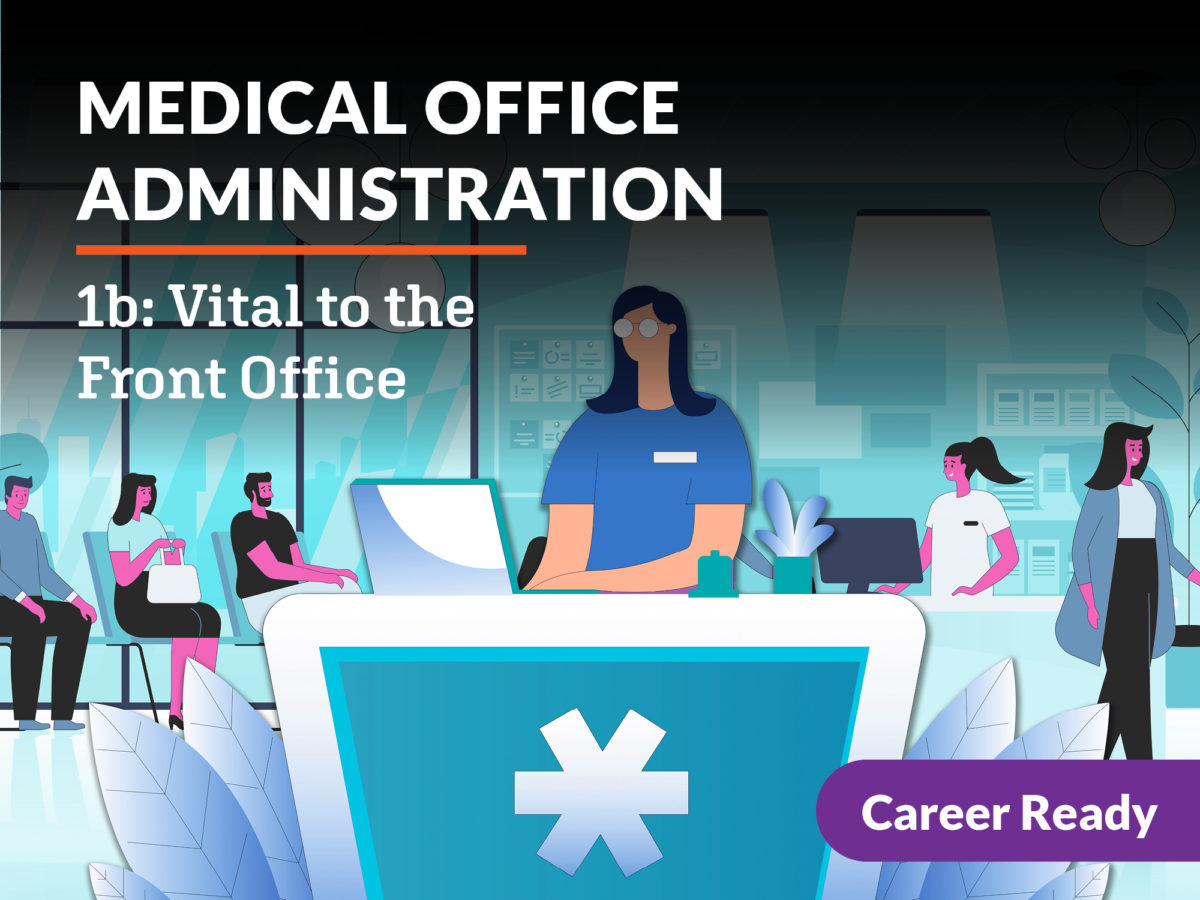The Future of Medical Administration: Patterns and Advancements to View
The Future of Medical Administration: Patterns and Advancements to View
Blog Article
Finest Practices in Medical Management for Improving Performance and Decreasing Expenses
In the ever-evolving landscape of health care, the pursuit of finest methods in clinical administration is vital for improving effectiveness and suppressing expenses. By incorporating innovative modern technologies such as electronic health and wellness documents and telemedicine, doctor can enhance operations and improve person care. Technology alone is not a panacea; maximizing source allocation and promoting joint interaction among care groups are just as important. As companies make every effort to stabilize high quality and price, what methods should be focused on to accomplish these twin goals? The solution to these questions hold the trick to a much more lasting health care system.
Leveraging Advanced Technology
In today's swiftly progressing health care landscape, leveraging advanced technology is no longer optional but vital for reliable medical administration. The integration of electronic options into healthcare systems has actually transformed the method facilities operate, enhancing procedures and enhancing patient care. Electronic Wellness Records (EHRs) are pivotal, offering detailed individual information that can be accessed promptly by licensed personnel, thus reducing redundancy and lessening mistakes. By systematizing client information, EHRs get rid of the demand for troublesome documentation and facilitate seamless interaction among medical care suppliers.
Telemedicine is another technical improvement that has actually changed person communication. It uses ease for both people and health care specialists by allowing remote examinations, which can lower the demand for in-person check outs and enhance visit scheduling. In addition, telehealth platforms can prolong healthcare accessibility to rural or underserved areas, linking voids in care delivery.
Additionally, the usage of Artificial Intelligence (AI) and artificial intelligence is ending up being significantly prevalent in predictive analytics, enabling early discovery of possible health issues and even more educated decision-making. These technologies, when integrated properly, can boost diagnostic precision and personalize individual therapy strategies, eventually leading to improved medical care outcomes and functional performance.
Optimizing Source Allowance
By strategically managing sources such as employees, equipment, and funds, health care facilities can considerably enhance their operational performance, improve patient outcomes, and reduce unnecessary expenditures. The first action in enhancing resource allocation entails carrying out an extensive assessment of existing assets and recognizing locations where sources might be underutilized or overextended.
Prioritizing source allocation based on patient demands and service demands is vital. This entails straightening sources with high-demand areas, such as emergency care or specialized treatments, to make sure timely and efficient person care. Executing versatile staffing models can additionally optimize labor resources by adjusting workers allowance in feedback to fluctuating patient volumes. Furthermore, accepting telemedicine and various other technical solutions can reduce physical resource restraints by offering different methods for patient-provider interactions.
Funds must be meticulously checked and assigned with strategic insight to sustain both temporary operational needs and long-term institutional objectives. This includes investing in training programs that improve personnel proficiencies and embracing energy-efficient practices that minimize functional prices (medical administration). Inevitably, an enhanced resource allocation approach cultivates a lasting healthcare environment that is receptive, efficient, and economically sensible
Streamlining Operations Processes
When medical care centers aim to boost functional effectiveness, streamlining process processes comes to be an essential focus. Efficient process reduce redundancy, remove unnecessary actions, and boost sychronisation among medical care experts. This strategy not just accelerates solution shipment however also boosts the quality of patient care.

Following, modern technology integration plays a significant duty in enhancing workflows. Implementing digital health and wellness records (EHRs) and electronic medical professional order entry (CPOE) systems decreases documentation, lessens human error, and makes sure information comes to all pertinent personnel. Furthermore, leveraging telemedicine systems can simplify individual consultations and follow-ups, decreasing the strain on physical infrastructure.

Ultimately, structured workflows result in cost reductions and boosted individual complete satisfaction, fostering a much more lasting medical care atmosphere.
Enhancing Data Monitoring
Building upon streamlined process, optimizing data administration comes to be an important component beforehand healthcare management. Effective information administration systems are vital for maintaining exact client records, improving decision-making, and ensuring conformity with regulatory requirements. By implementing durable information administration solutions, healthcare facilities can boost the high quality of client care while at the same time reducing functional expenses.
One trick element of enhancing information administration is the integration of sophisticated digital wellness record (EHR) systems. These systems promote the seamless exchange of patient info across various departments, reducing duplication of examinations and minimizing errors. A well-designed EHR system sustains information analytics, enabling medical care service providers to recognize fads and make educated choices regarding person care.
Additionally, protecting patient information is paramount. Adopting extensive cybersecurity measures, consisting of security and regular audits, guarantees the stability and privacy of sensitive information. This not only secures clients but likewise preserves the organization's track record.
Investing in personnel training is one more important aspect. Educating healthcare professionals on data monitoring practices improves their capability to successfully utilize innovation, bring about improved patient outcomes. In final thought, enhancing data monitoring through innovative technology and detailed training is crucial for achieving efficiency and price decrease in medical administration.
Fostering Collaborative Communication
An essential element beforehand medical administration is fostering joint interaction among health care experts. Efficient communication is paramount for making certain smooth person treatment, maximizing therapy results, and decreasing errors. By encouraging open discussion and sychronisation across multidisciplinary teams, health care companies can boost their operational effectiveness and decrease unnecessary prices.
Central to this technique is the integration of interaction technologies such as digital health and wellness documents (EHRs) and safe and secure messaging platforms, which promote the fast exchange of essential client information. These devices make it possible for medical care providers to gain access to and share data in genuine time, making certain that all employee are educated and aligned in their decision-making processes. Furthermore, normal group conferences and interdisciplinary rounds can additionally promote a culture of partnership and accountability.
Educating programs concentrated on enhancing communication abilities are additionally important. Eventually, cultivating collaborative interaction leads to improved medical care delivery and expense financial savings.

Final Thought
Integrating directory sophisticated innovation, such as digital health and wellness documents and telemedicine, together with optimized resource allowance and streamlined operations processes, is essential for enhancing effectiveness in clinical administration. Efficient data management and cultivating collaborative interaction amongst health care groups are critical for decreasing redundancies and improving care high quality. By prioritizing preventive care and participating in quality improvement efforts, medical care organizations can accomplish considerable expense financial savings and boosted person results, therefore making certain lasting health care shipment i thought about this in a significantly intricate setting.
Report this page